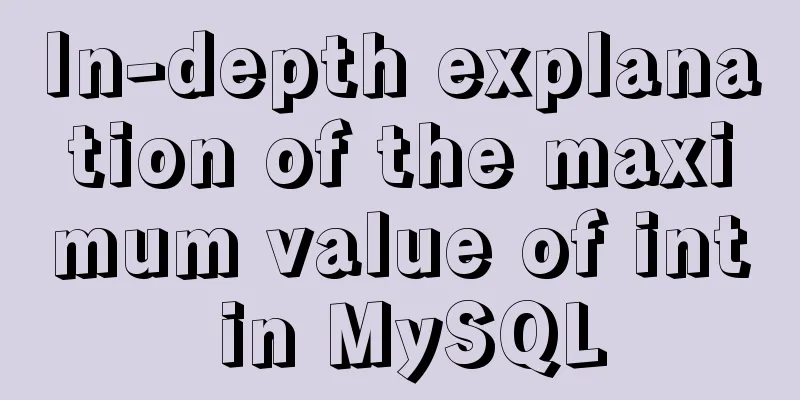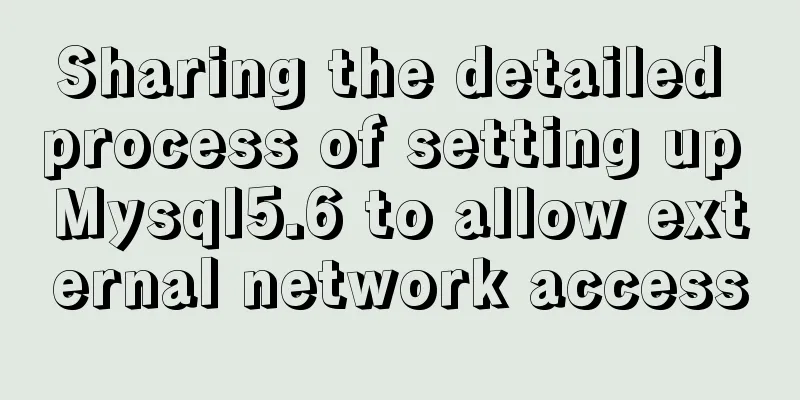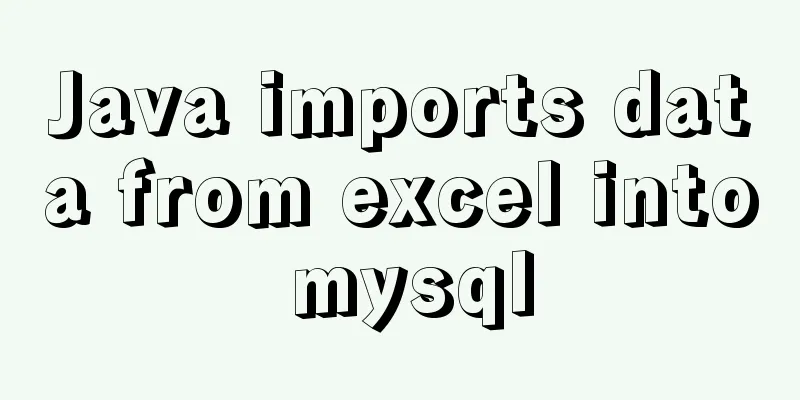Linux file and user management practice

|
1. Display the files or directories in the /etc directory that start with a non-letter followed by a letter and any other characters of any length.
2. Copy all files or directories starting with p and ending with non-digits in the /etc directory to the /tmp/mytest1 directory.
3. Convert the contents of the /etc/issue file to uppercase and save it to the /tmp/issue.out file
4. Please summarize and describe the usage of user and group management commands and complete the following exercises: (1) Create a group named distro with a GID of 2019.
(2) Create user mandriva, whose ID number is 1005; the basic group is distro;
(3) Create user mageia, whose ID number is 1100 and whose home directory is /home/Linux;
(4) Add a password to the user mageia, the password is mageedu, and set the user password to expire after 7 days
(5) Delete mandriva but keep its home directory;
(6) Create user slackware, whose ID number is 2002, basic group is distro, and additional group is peguin;
(7) Change the default shell of slackware to /bin/tcsh;
(8) Add an additional group admins for user slackware;
The above are all the relevant knowledge points introduced this time. Thank you for your learning. I hope that the content compiled by 123WORDPRESS.COM can help everyone. You may also be interested in:
|
<<: A brief discussion on the principle of Vue's two-way event binding v-model
>>: Win10 64-bit MySQL8.0 download and installation tutorial diagram
Recommend
Analysis of MySQL general query log and slow query log
The logs in MySQL include: error log, binary log,...
HTML meta usage examples
Example Usage Copy code The code is as follows: &l...
Basic knowledge of MySQL database
Table of contents 1. Understanding Databases 1.1 ...
This article summarizes the specific use of CSS two-column layout and three-column layout
Preface With the development of big front-end, UI...
JavaScript to achieve progress bar effect
This article example shares the specific code of ...
In-depth analysis of nginx+php-fpm service HTTP status code 502
One of our web projects has seen an increase in t...
Common interview questions and answers for web designer positions
1. What are the templates for ASP.NET Web applicat...
Vue application example code based on axios request encapsulation
Table of contents What is axios? Axios request ty...
Implementation of webpack code fragmentation
Table of contents background CommonsChunkPlugin s...
Detailed explanation of multi-version concurrency control of large objects in MySQL
MySQL 8.0: MVCC for Large Objects in InnoDB In th...
Use Typescript configuration steps in Vue
Table of contents 1. TypeScript is introduced int...
Vue uses mockjs to generate simulated data case details
Table of contents Install mockjs in your project ...
Solve the problem of blocking positioning DDL in MySQL 5.7
In the previous article "MySQL table structu...
The Complete Guide to Grid Layout in CSS
Grid is a two-dimensional grid layout system. Wit...
Common naming rules for CSS classes and ids
Public name of the page: #wrapper - - The outer e...









